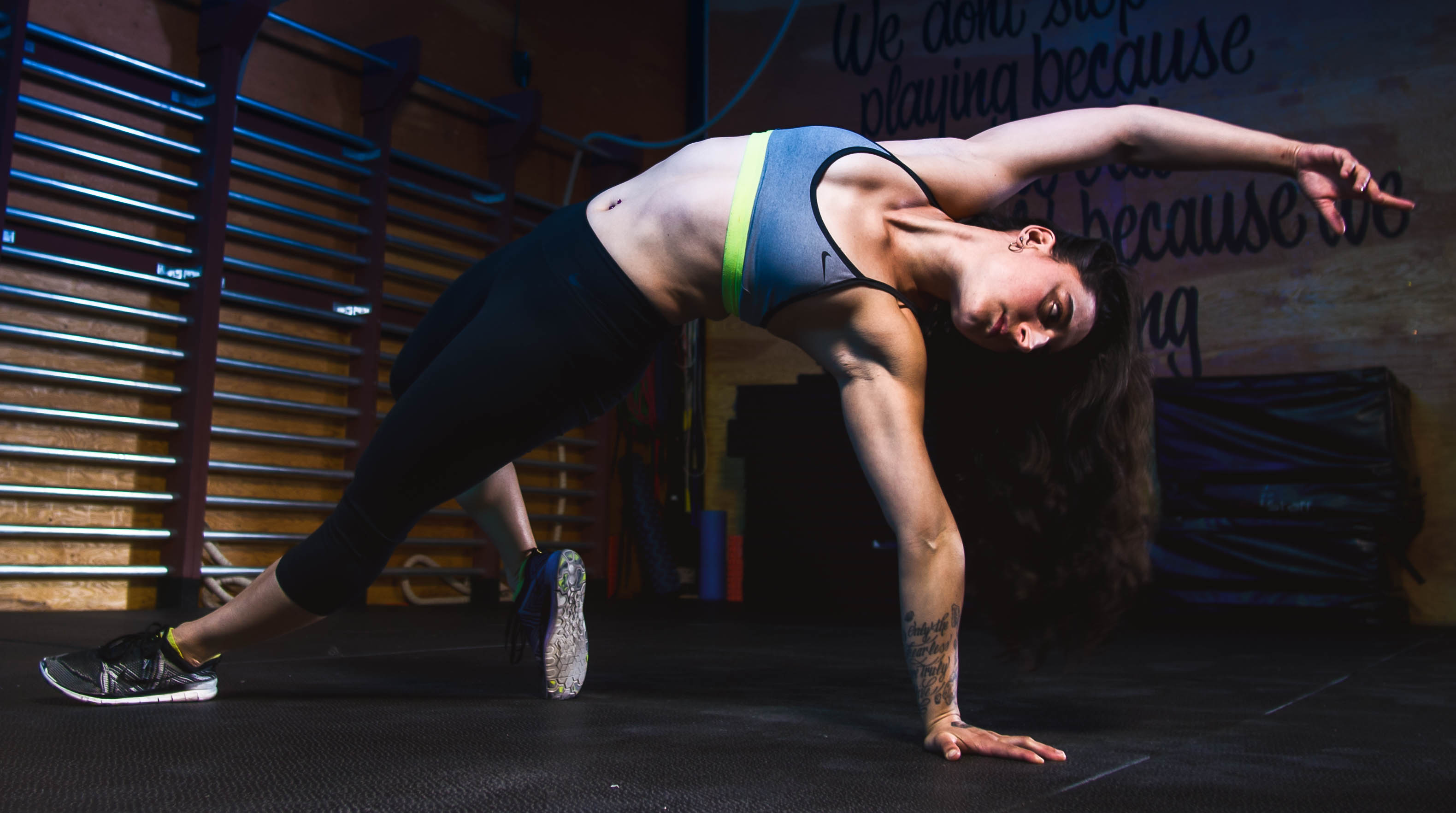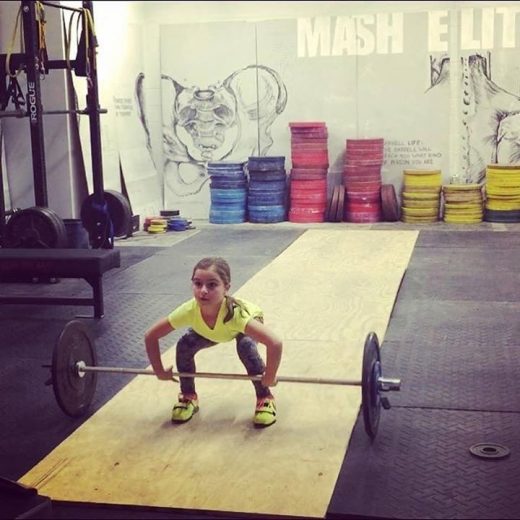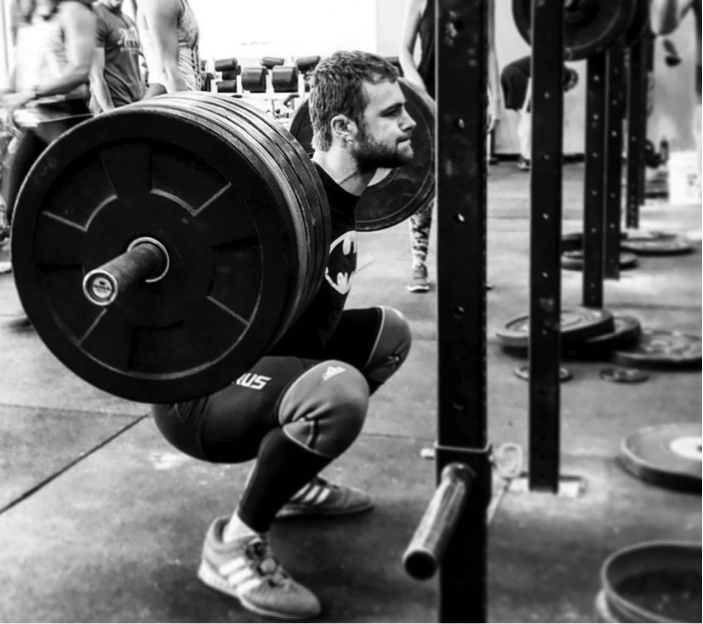Each year we are strongly encouraged to get a physical done by our Primary Care Physician. They access our general health and common health risks at a given age. It is our annual check-up to make sure that we are still in good shape medically. If we are not looking good, they will refer us out or have us come back in a few weeks to make sure that we are making progress. We all can agree that physicals can be extremely useful for monitoring our health on a macro scale.
One thing that is often not ever addressed until it is too late, is our movement quality. We typically don’t look at it unless we have pain or it limits us from being able to perform a task. If we hope to reduce the number of debilitating injuries we have and reduce the amount of money we have to pay for surgeries and rehabilitative services, we need to change the current strategy. Instead, we need to be proactive about it. We need to seek out our limitations before it becomes too late.
[thrive_leads id=’9063′]
Check movement quality each year
Professional and Collegiate athletes have caught onto this. If they can catch a movement problem before it becomes an issue, the team will have fewer injuries, perform better, and win more games. Where we don’t see these proactive screens is in recreational athletics and youth sports. I would argue these individuals need the movement screens the most. They most likely have not developed the proprioception and kinesthetic awareness that the professional and collegiate athletes have from competing at a high level their entire life. Athletes who are at a high level typically move well. If not, they don’t last very long in their respective career.

In the future, our coaches, athletic trainers, and physical therapists need to do a better job at screening athletes’ movement qualities during the preseason. We need to have a system in place like we have our annual physicals. At least once per year we need to be given a screen to assess our movement quality. We can monitor the movement quality to make sure that it improves and does not get worse. Like the physician refers out if the medical screen doesn’t look good, coaches should be able to refer their athletes out to a local specialist.
The Functional Movement Screen
At Duke University, I am part of a student organization that practices giving free movement screens. We go into the Recreation Center monthly to give the students, faculty, and staff movement screens. We also work with NC State’s DI athletic teams and have screened numerous professional baseball teams. We use the Functional Movement Screen as our main screen.
It screens 7 movement patterns to allow you to find limitations. The scoring is pretty simple (0=pain, 1=unable, 2= can do movement modified, 3= optimal movement). Those who come to screen will get an email a few days later explaining their score and giving them 2-3 corrective exercises. We encourage them to come back the next month to see if they improve their score.
The FMS test takes about 10 minutes if you have an athlete who has never done the test before, and if you have someone who has completed the screen before, it can be even shorter. The FMS screen does have a certification course, but the founders encourage everyone to use their system regardless if you have taken the course or not. They have a book available on Amazon which is a great resource. The system is not hard, it just requires some practice. I can teach someone how to use the FMS in one afternoon!
The FMS is just one of the many movement screens that have been developed in the recent past to take a more proactive approach to injury prevention. Regardless of how teams are screened, they need to be screened! The earlier athletes are screened the better. We cannot let athletes get through high school while playing competitive sports without screening them.

Screening Is Not Just for Athletes
The same goes for CrossFit gyms. We need to do a better job of screening our members as they join our gyms. This is something that should be included in all of the Foundation and On-Ramp classes. We should be able to do a quick 10-minute screen to tell them what they need to spend some time on before and after their workout so they can avoid injury and continue to come to the gym and benefit from all the great things that our gyms have to offer.
I cannot tell you how many people have told me they are scared of CrossFit because they are worried about getting injured. If we can set up something in every gym that screened all new members, it would help break down the fear of injury barrier and it would help our members improve their movement quality. We all open or work at a gym to help others live a healthy life and have fun getting fit. It is our responsibility to make them better movers!
Matt Shiver

Can we really predict injury with the FMS??
http://europepmc.org/abstract/med/21606876
http://journals.sagepub.com/doi/abs/10.1177/0363546515614815?journalCode=ajsb
http://www.tandfonline.com/doi/abs/10.1080/24733938.2017.1283436
http://bjsm.bmj.com/content/early/2017/03/30/bjsports-2016-096938
I think we have to be very careful assessing young athletes with this type of assessment if they have not got the requisite movement it may not take the FMS to work this out. Movement is multi-faceted and labelling someone with movement dysfunction because the FMS says so is narrow thinking.
The most recent ‘independent’ evidence advocates caution. Introduce a young athlete to correct movement first, then when they are older and perhaps have gotten into unhelpful movement patterns, the FMS may then become relevant, until then let them move freely without a label.
#justsaying
Lee,
Thanks for the comment! I totally agree that the FMS cannot predict injury. No screen or assessment can predict injury including imaging (MRI or X-ray). We cannot take into account external forces and torques that are placed on the body in a particular sport. But what the screen can do is let you know where movement quality is limited. I do believe that people that move poorly have an increased chance of injury. If you don’t agree with that, we can both still agree on the fact that those who do not move well are losing the capability to function at their most optimal level. An athlete that moves efficiently most likely will perform better in the long run and have more potential for growth/improvement. While I think the FMS is a good tool to help coaches screen movement, it is only a tool. You can assess your athlete in a sport specific setting or movement like a squat, hinge, running pattern, etc. Most weightlifting coaches have their own method to screen a new athlete’s movement capability. I also agree we need to teach our athletes movement patterns correctly. That is a MUST. If we can assess their movements on top of this, we have the ability to have the athlete practice movement patterns/limitations that they need to work on. If we can identify an athlete that has poor ability to squat before they are in high school, we can address their limitation during their growth and development rather than waiting until their body has completed it’s development and teaching them in their 20s. Again, it is important to differentiate that the FMS is a screen. It is not an assessment! It is just a standardized approach to screening athletes. There might be a better way to screen. I’m not saying the FMS is the best. I think it is just a good starting point.
Pingback: 5 Key Steps to Fix Your Low Back | Mash Elite Performance